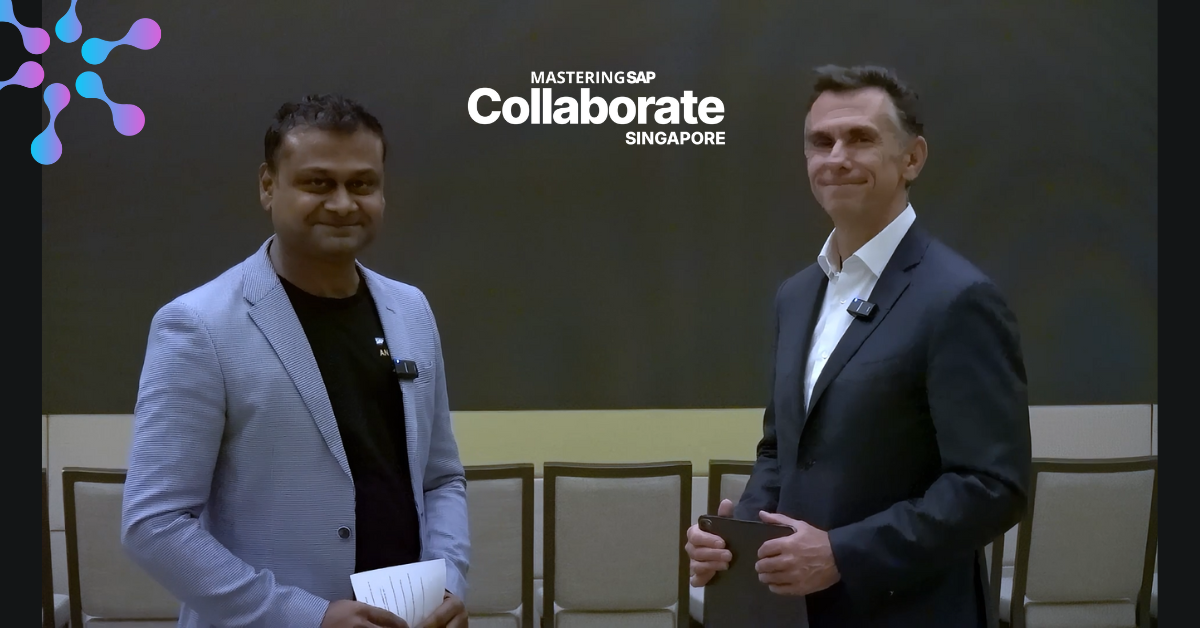SAP and Google Cloud Deepen Partnership with Zero-Copy Data Integration
Meet the Authors
Key Takeaways
⇨ The integration of SAP Business Data Cloud with Google BigQuery allows for bidirectional, zero-copy data sharing, eliminating data silos and enhancing real-time access to mission-critical data within the Google Cloud ecosystem.
⇨ The partnership tackles data residency challenges in the Asia Pacific region by enabling organizations to keep sensitive SAP data within local Google Cloud regions while leveraging advanced AI models, ensuring compliance and performance.
⇨ The new capabilities democratize AI access, allowing businesses to use natural language queries and automate tasks, making AI adoption easier for organizations across diverse linguistic backgrounds in the APAC region.
SAP and Google Cloud have announced a significant expansion of their data and analytics partnership, unveiling the new Business Data Cloud Connect for Google BigQuery. This solution is engineered to eliminate long-standing barriers between mission-critical operational data and advanced AI development.
SAP indicated in a press release that enterprises have grappled with data silos for years, relying on complex and slow Extract, Transform, Load (ETL) processes to move information. This often leads to data duplication and outdated insights. The new partnership addresses this head-on by enabling bidirectional, zero-copy data sharing between SAP Business Data Cloud (SAP BDC) and Google BigQuery.
This integration provides companies with instant, real-time access to trusted and semantically-rich SAP data directly within the Google Cloud ecosystem. Moreover, by eliminating data replication, organizations can rapidly develop intelligent agents, automated workflows, and predictive analytics using Google’s tools like Gemini models and Vertex AI. The solution also empowers businesses to build a unified data foundation, combining SAP data with other sources in BigQuery to unlock deeper insights and accelerate AI-driven transformation.
Explore related questions
The new BDC Connect for Google BigQuery is expected to be generally available in the first half of 2026, marking a pivotal step towards more agile and intelligent enterprise operations.
What This Means for Mastering SAP Insiders
Although this announcement was made during the SAP Connect event in Las Vegas earlier this week, it goes beyond a technical update for SAP users in the Asia Pacific region:
- Data sovereignty and performance are no longer at odds. The core of this announcement is zero-copy data sharing combined with the existing presence of SAP BDC in Google Cloud’s APAC regions like Singapore, Mumbai, and Sydney to name some. The new connector will work within this framework. This is a big win for navigating data residency laws across APAC. Organizations can keep their sensitive, mission-critical SAP data securely within their country’s borders in a local Google Cloud region. They can also run Google’s most advanced, globally-trained AI models on that data without physically moving it. This eliminates the trade-off between compliance and innovation. It also reduces latency, meaning analytics and AI-powered applications will run much faster than if the data had to travel to servers in the US or Europe.
- Supply chains for organizations have got a predictive update with this announcement. The integration provides direct, real-time access to operational SAP data inside Google BigQuery, where it can be combined with other datasets and analyzed by AI. This is a game-changer for manufacturing and logistics companies in the APAC region. For example, a factory in Vietnam can now feed real-time production data into a Vertex AI model to predict equipment failure before it happens; or a shipping company in Singapore can combine live SAP logistics data with Google’s real-time traffic and weather data to reroute vessels and avoid costly delays.
- AI has become accessible to everyone. The announcement highlights the ability to query business data using natural language and build autonomous agents. The linguistic diversity in the APAC region presents a unique challenge for enterprise software adoption. This new capability breaks down those barriers and democratizes data access. Additionally, organizations can build small AI agents to automate tedious regional tasks like generating weekly sales summaries for different country heads or flagging anomalies in expense reports submitted across different currencies. This frees up the team to focus on high-value strategic work instead of manual data pulling.





